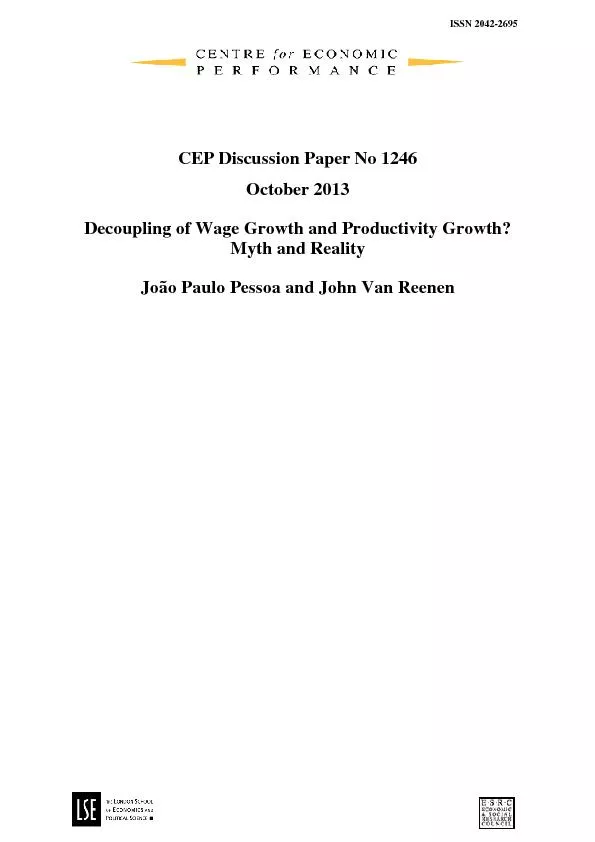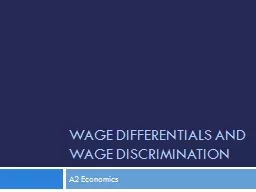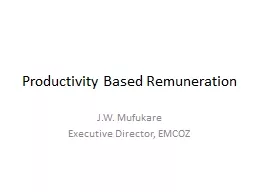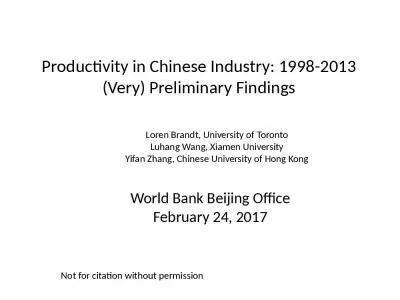PDF-Decoupling of wage growth and productivity growth myth and reality
Author : marina-yarberry | Published Date : 2017-04-04
ISSN 20422695 4 I I ntroduction It is widely believed that in the US wage growth has fallen massively behind productivity growth Recently it has also been suggested
Presentation Embed Code
Download Presentation
Download Presentation The PPT/PDF document "Decoupling of wage growth and productivi..." is the property of its rightful owner. Permission is granted to download and print the materials on this website for personal, non-commercial use only, and to display it on your personal computer provided you do not modify the materials and that you retain all copyright notices contained in the materials. By downloading content from our website, you accept the terms of this agreement.
Decoupling of wage growth and productivity growth myth and reality: Transcript
Download Rules Of Document
"Decoupling of wage growth and productivity growth myth and reality"The content belongs to its owner. You may download and print it for personal use, without modification, and keep all copyright notices. By downloading, you agree to these terms.
Related Documents














